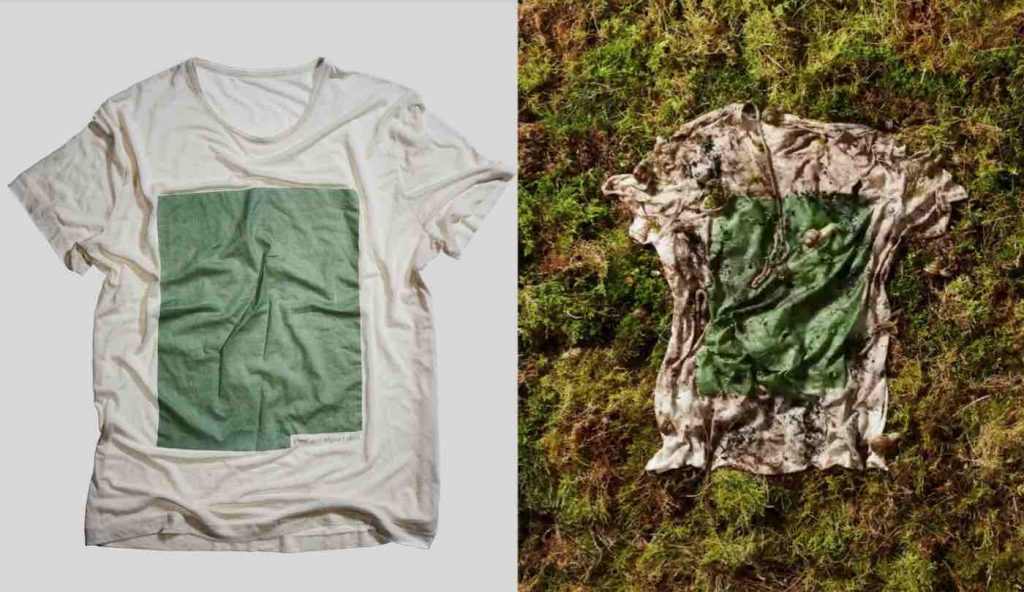Scientists from the USDA have recently developed “transparent wood” from balsa wood – which may eventually replace windows in the future. Glass is well known as being the most common material for window construction, but it is known for horrible heat transference – aka expensive AF energy bills. The production of glass also bears a heavy carbon footprint – whereas wood does not.
So how does one make transparent wood, exactly?
First, the wood is harvested from a low-density balsa tree. Then, it’s put into an oxidizing bath to remove its “color” properties. Then, a synthetic polymer called PVA is applied to the wood so it can penetrate the fibrous structure. The natural cellulose of the balsa wood and the polymer filler create a material with greater durability and lighter transparency than glass.
How does this benefit us?
Transparent wood has five times the amount of thermal energy efficiency as regular glass, and the carbon emissions of production are five times less than the production of glass.
Sounds great to us! Only one potential hiccup we can see with transparent wood, though…how would it feel to get a splinter from your window?!
Source: SyFy.com
Image credit: USDA Forest Service



